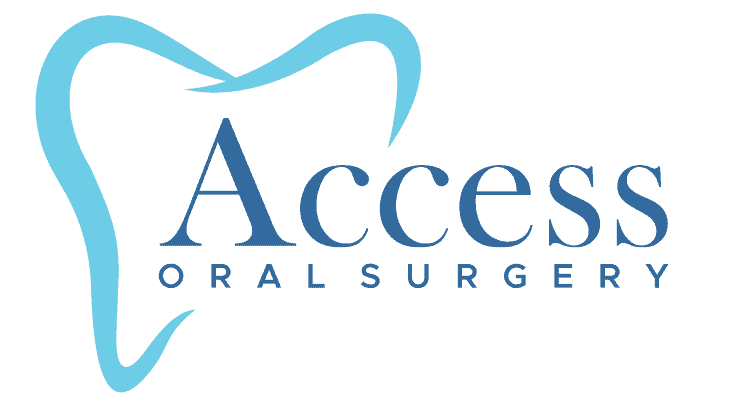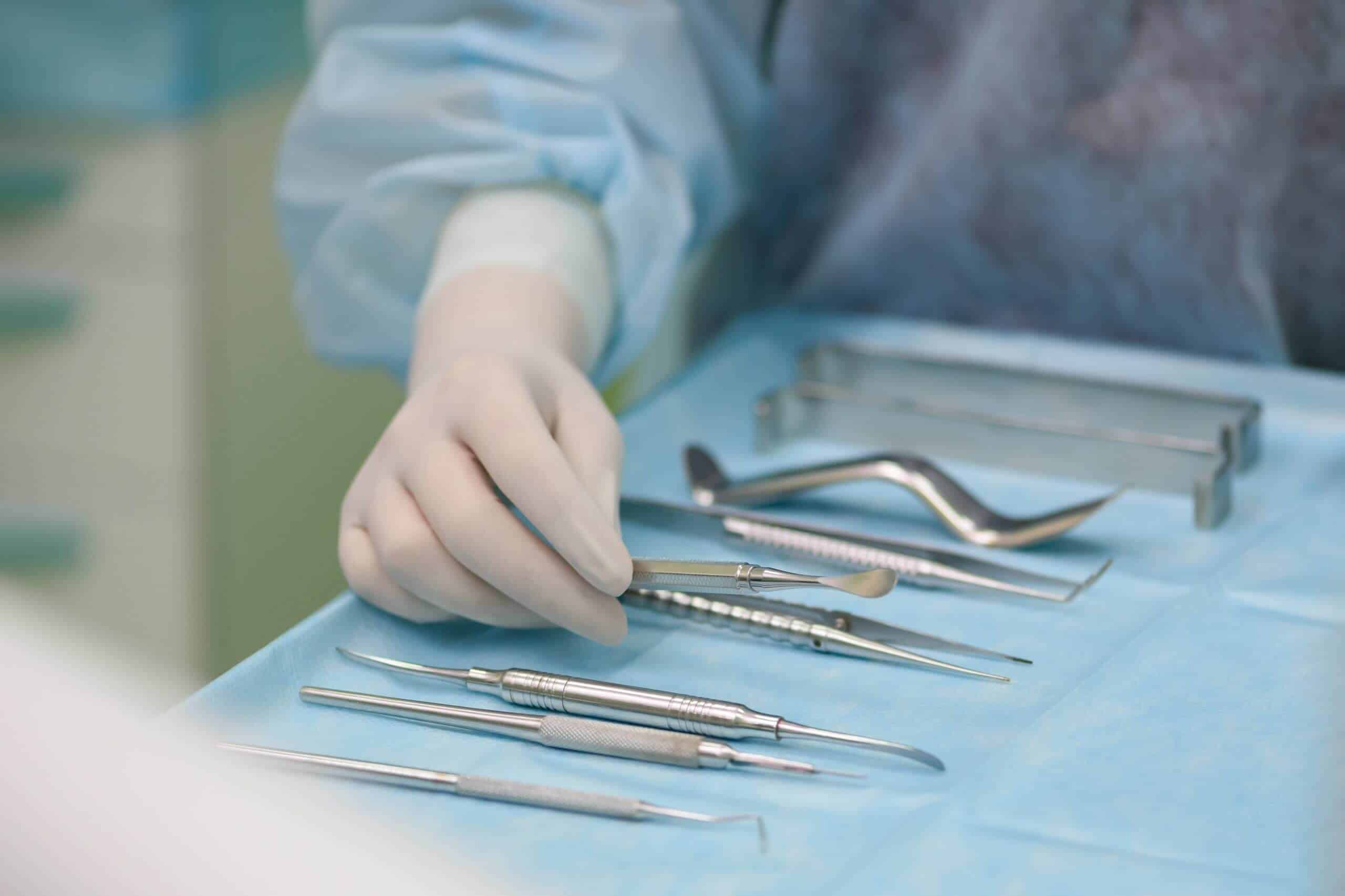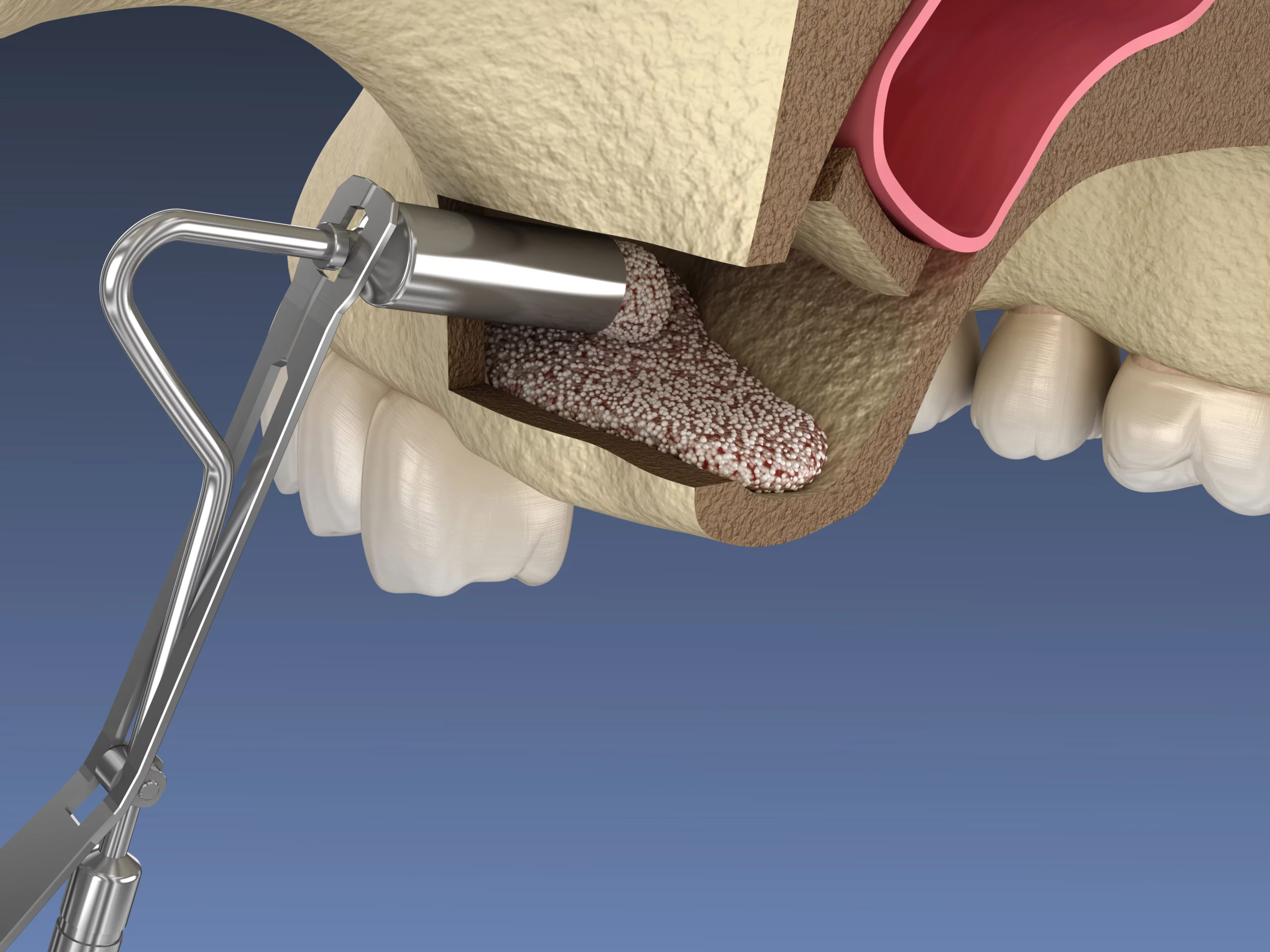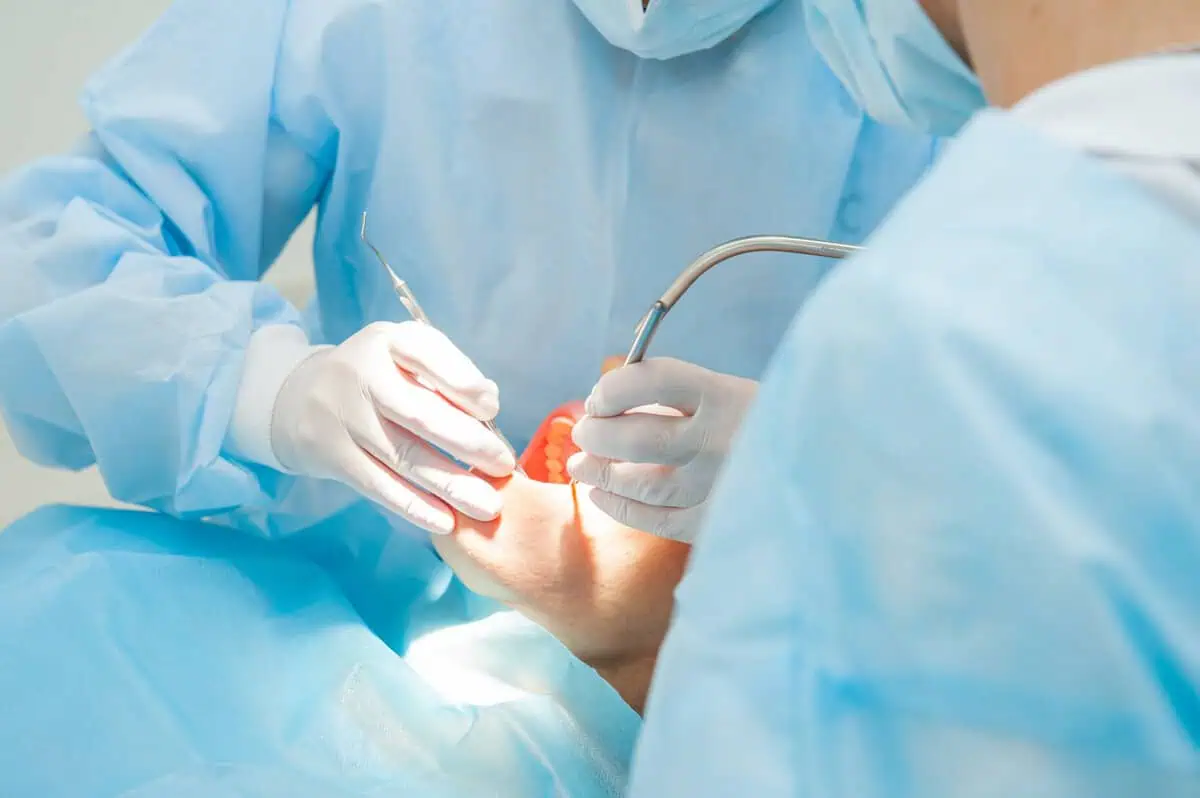We recommend a sinus lift if you get dental implants soon after tooth extraction. This procedure helps create more room in your sinuses so that the dental implants can heal adequately and last longer. Sinus lifts are often done with other procedures like bone grafts or bone augmentation to improve bone strength around the mouth area.
After tooth extraction, the sinuses can get more significant because they take up the space left by the tooth roots.
What is Sinus Lifting?
Sinus lifts are surgical procedures that widen the nasal passage by creating a small incision in your septum and cartilage area. This can be done under local anesthesia, which means you’ll experience no pain during or after your procedure. You’ll typically be able to return home after one hour of recovery, depending on your case’s severity.
We recommend a sinus lift if dental implants are placed soon after you have your teeth extracted or if you’ve had teeth extracted but are getting implants much later.
If dental implants are placed soon after you have teeth extracted, a sinus lift may be recommended to increase the height of the bone around your teeth. This procedure is performed in a single appointment under local anesthesia. It takes about an hour to finish the procedure, and recovery time is minimal.
If you’re getting new teeth later on as part of an orthodontic treatment plan (such as braces), then we might recommend a sinus lift to help support them properly while they’re in place—this will also keep them aligned with each other; so they don’t move out of place later on down the road.
How Does Sinus Lift Works?
The sinuses are air-filled cavities in the bones of the face. They are drained by tiny openings called Ostia and connected to the nasal passages by small channels called sinus ducts. The air that enters through these openings is usually warm and moist, making it feel moist when you breathe out and dry when you breathe in.
A tooth extraction can cause a large opening between two teeth or a complete breakaway of one tooth’s root from its socket. If this happens, more than usual amounts of debris can get trapped inside your nose, causing it to swell up like an overinflated balloon with no way for this material to escape once it reaches maturity (i.e., reach its maximum size).
Sinus Lift Minimizes the Problem Caused by Dental Implant
If you have a sinus lift, your paranasal sinuses will be elevated. This can be problematic if we want to place a dental implant in that area.
Dental implants require room for proper placement and healing, which means that the implant must be placed far enough away from the bone so that it has room to grow into your jawbone over time. However, if there isn’t any bone around the implant (as would happen with one of these cases), we need to add more!
Dental Implants Require Room for Proper Placement and Healing
Dental implants are placed into the jawbone and must heal for some time before they can be used. The more bone that is present, the easier it will be for your implant to settle into place, so patients with thin bones may have a more challenging time achieving this goal.
There Should be Enough Bones to Heal Properly
Bone is the foundation of any dental implant, and when you have a sinus lift, you add back to the living tissue that has been removed from your body.
The procedure involves using an MRI machine and tiny needles that gently penetrate your face while they remove excess bone from around where we want to place an implant (the “gum” area). This procedure allows us greater access than if we were drilling through your gum without removing too much healthy gum tissue itself!
The Solution: Sinus Lifting
The procedure involves removing a small amount of bone from the sinus area and then repositioning and fixing it.
The surgery can be done simultaneously with your dental implant placement, so you can get implants before your existing teeth are extracted.
Why is Sinus Lift Important?
To Provide the Bone Necessary for Placing Dental Implants
They can replace a missing tooth or multiple teeth, depending on the situation. Dental implants are designed to fit into the bone of your jawbone, providing support for your new tooth, so it doesn’t move and cause problems with chewing or speaking.
Dental implants are also beneficial for people who have lost some of their natural teeth because they allow you to maintain your smile while still having the ability to eat foods that require chewing.
To Replace Lost Bone Tissue in the Area Where Teeth Used to be
Although sinus lift surgery is a relatively new procedure, it has already proven to be an effective way to replace lost bone tissue in the area where teeth used to be. While dental implants are the best option for replacing missing teeth, they can only provide this type of replacement if enough healthy bone is present in your jaw region.
Sinus lifts can also increase the volume and quality of existing bone tissue so that you get more natural-looking results when undergoing dental implant surgery.
To Increase the Volume and Quality of Bone Tissue
Bone grafting is a standard procedure to help increase bone tissue volume and quality. The sinus lift can be used with other procedures, such as a facelift or rhinoplasty, but it also has its benefits.
The sinus lift involves removing excess skin around your nose and jawline so that you can see more of your face during surgery. This will allow doctors to access areas where they need to place tissue grafts (tissue taken from another part of your body).
To Give a More Natural Look to your Smile
Considering a sinus lift, it’s important to remember that this procedure can be used as a preventative measure.
Sinus lifts are often recommended for osteoporosis or other bone disorders patients. They want to avoid further weakening their jawbone by losing bone tissue in the area where teeth used to be.
To Restore Functionality, Like Chewing and Speaking
The sinus lift restores the function of your mouth. When you have a blocked nose and sinuses, it isn’t easy to breathe correctly. The pressure inside your nose can make breathing more difficult or even painful.
A person who has past nose surgery will experience better breathing after surgery because they no longer have an airway obstruction that causes discomfort when they breathe air through their nose or mouth.
To Avoid a Sinus Lift Later in Life
If you’re looking to avoid problems with a sinus lift later in life, it’s essential to know that the surgery can have lasting effects.
Conclusion
If you’re having dental implants placed soon after you have teeth extracted or if you’ve had teeth extracted but are getting implants much later, a sinus lift might be recommended. This procedure can help to reshape the area and make it easier for your implants to heal properly.
When looking for access to oral surgery, you want to ensure that your dentist is well-versed in their procedures. If you’re looking for an oral surgeon who knows what they’re doing with sinus lifts, look no further than Access Oral Surgery.
At Access Oral Surgery, we are proud to offer an incredible variety of oral surgery services to give you the smile you’ve always dreamed of.




